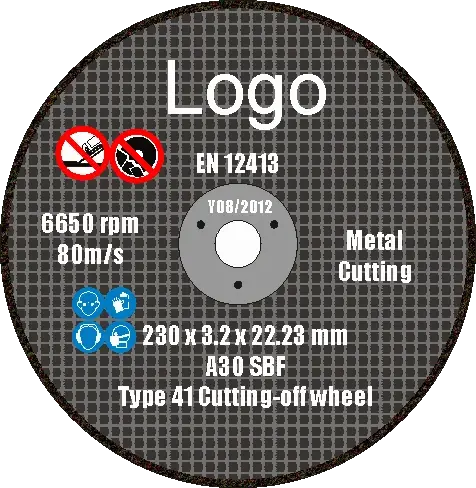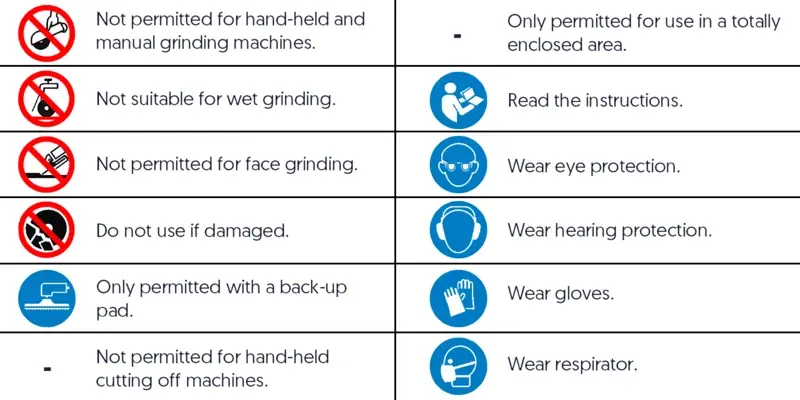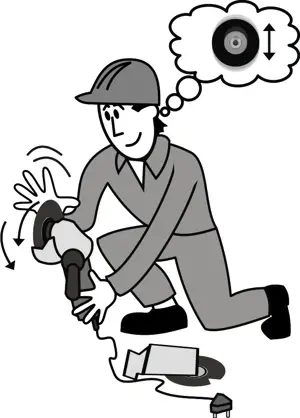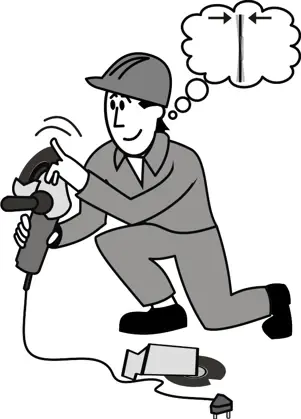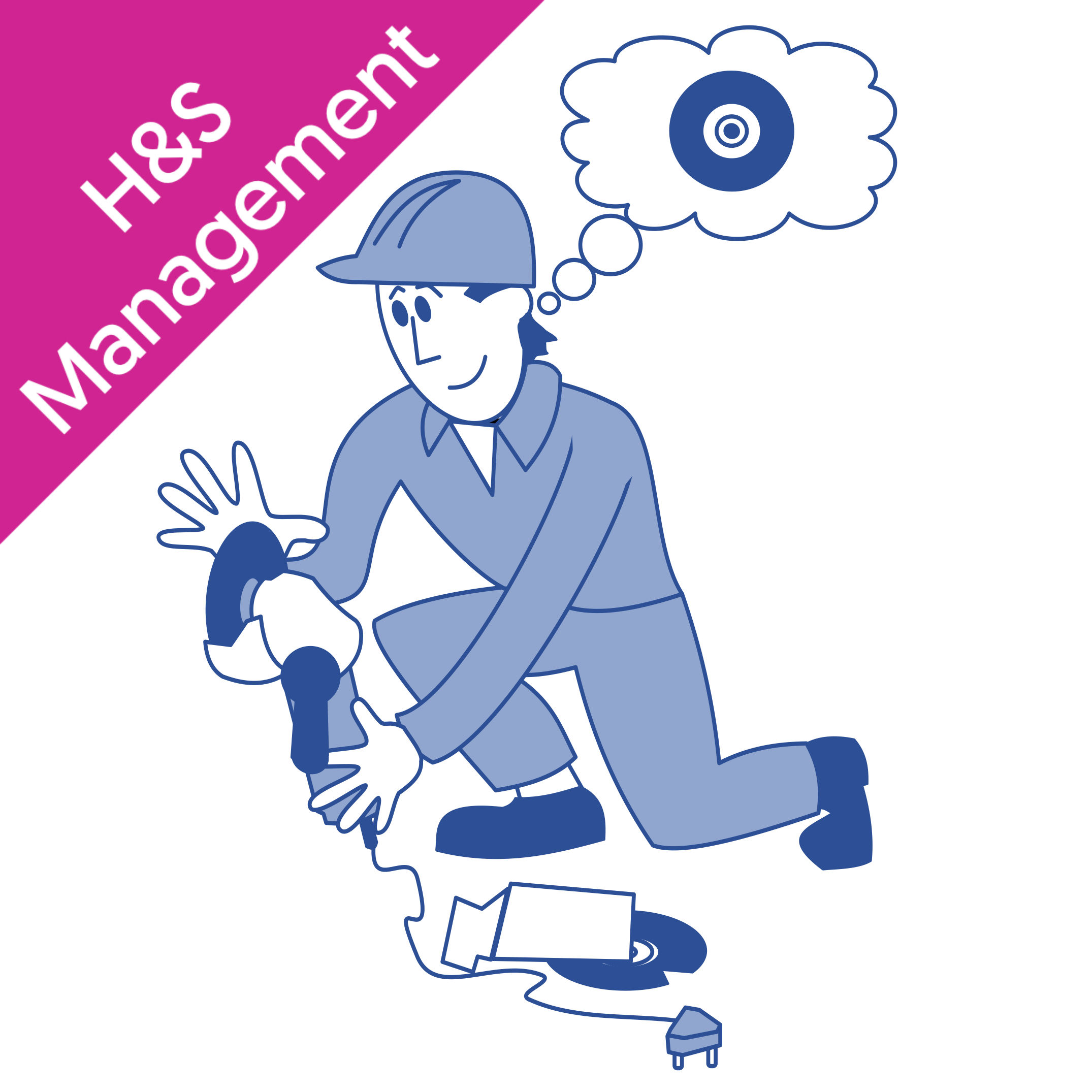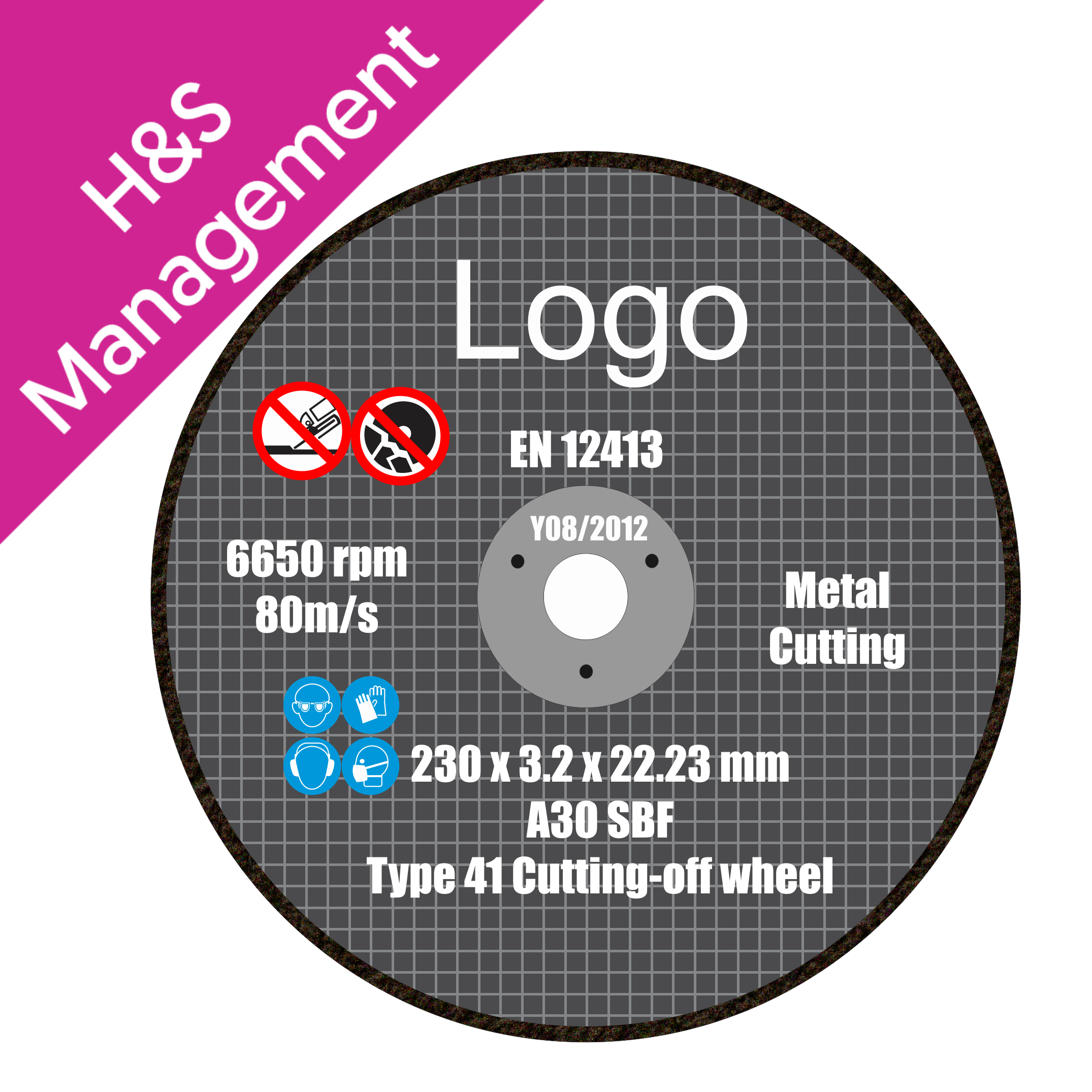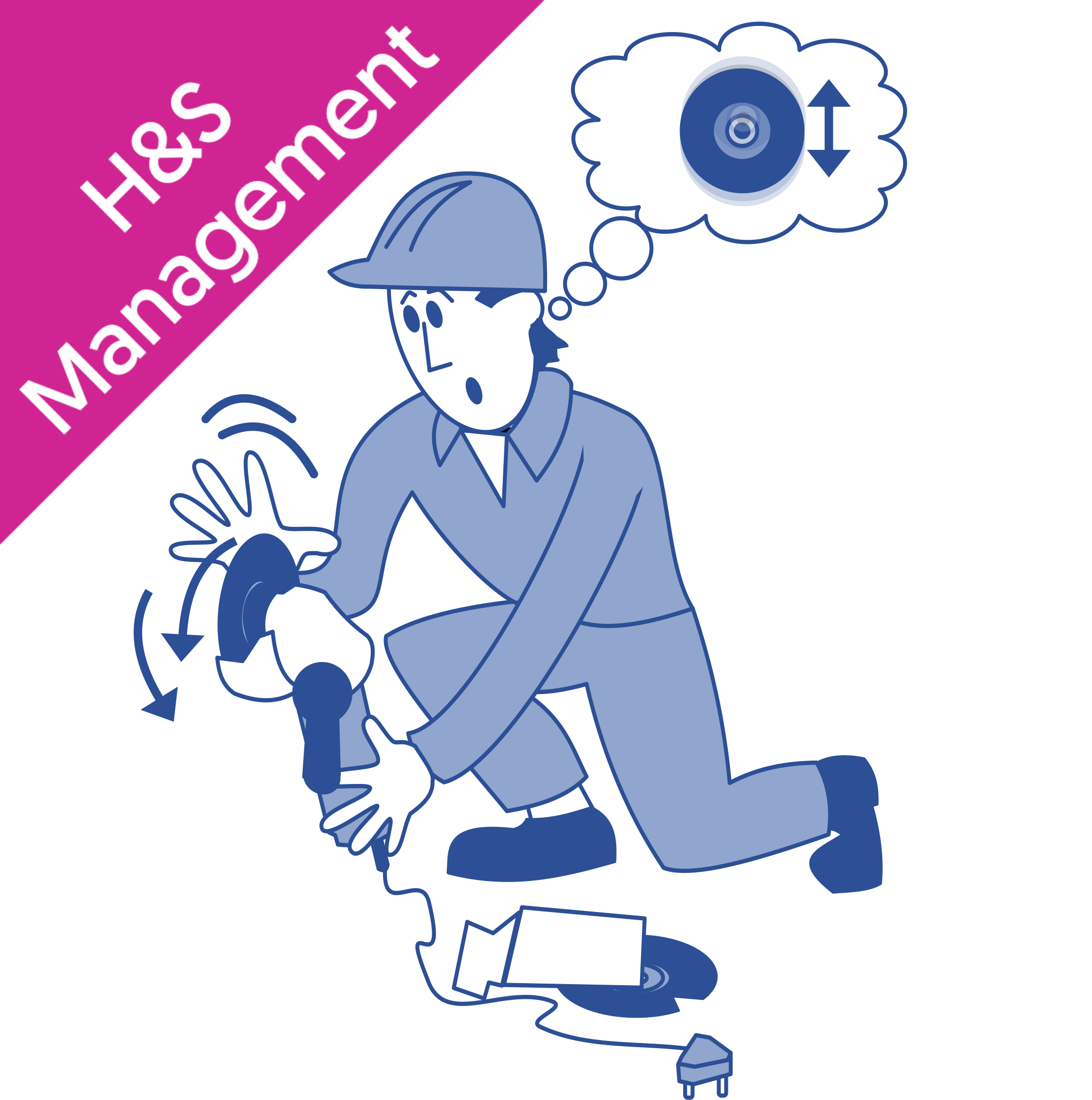These questions are interrelated, but first let’s examine any legislation that specifically applies to abrasive wheels. HSG 17 published by the HSE, is a guidance document relating to abrasive wheels. It is not legislation, however where guidance is given by the HSE it should be followed, as if an accident occurs and it was found that guidance had not been followed then you may face prosecution under the Health and Safety at Work Act. Below, is an extract from HSG 17:
- The purpose of this guidance is to give advice on precautions for the prevention of accidents in the use of abrasive wheels, in particular injury resulting from either wheel breakage or contact with a running wheel. For the duties of those people using abrasive wheels to be fully understood, the guidance should be read in conjunction with the PUWER Approved Code of Practice (ACOP)
- The risk of breakage is inherent in every abrasive wheel. If the number of breakages is to be kept low, the initial care exercised in the design, manufacture and testing by abrasive wheel and machine makers must be coupled with the adoption of safety measures by the users. Accident statistics indicate that nearly half of all accidents involving abrasive wheels are due to an unsafe system of work or operator error.
- In relation to abrasive wheels, PUWER 98 requires, among other things, that all machinery is suitable for its intended use and is properly maintained, and that employees, including those using, mounting and managing the operation of abrasive wheels, are fully informed and properly trained in their safe use.
- This guidance deals primarily with wheels which are formed by abrasive particles being bonded together, ie bonded abrasives.
- It does not deal with other risks to safety and health which may arise from the use of abrasive wheels, for example dust; and noise and vibration.
There is no substitute for thorough practical training in all aspects of the mounting and use of abrasive wheels. Any training programme should cover at least the following:
- hazards and risks arising from the use of abrasive wheels and the precautions to be observed;
- methods of marking abrasive wheels with their type, size and maximum operating speed;
- how to store handle and transport abrasive wheels;
- how to inspect and test abrasive wheels for damage;
- the functions of all the components used with abrasive wheels such as flanges, blotters, bushes, nuts etc;
- how to assemble abrasive wheels correctly to make sure they are properly balanced and fit to use;
- the proper method of dressing an abrasive wheel (removing dulled abrasive or other material from the cutting surface and/or removing material to correct any uneven wear of the wheel);
- the correct adjustment of the work rest on pedestal or bench grinding machines;
- the use of suitable personal protective equipment, for example eye protection (see also paragraph 158).
It is recommended that a record of training in the safe mounting of abrasive wheels is kept, showing the trainee’s name and date of training.
Commodious offer an online training course that complies with all the above recommendations. Abrasive wheel training course
Further regulations and advice that apply directly to abrasive wheels are Provision and Use of Work Equipment Regulations 1998 (PUWER 98) the purpose of these regulations is to ensure that work equipment, including abrasive wheels, does not give rise to risks to health and safety, regardless of the work equipment’s age, condition or origin. PUWER 98 applies to all workplaces and work situations subject to the Health and Safety at Work Act 1974 (HSW Act).
There are also the Control of Substances Hazardous to Health (COSHH) Regulations 2002 these cover all substances that are hazardous to health including fumes and dust that can be created from the use of abrasive wheels. The HSE guidance CIS 54 covers exposure to respirable crystalline silica (RCS) dust, associated with stone and concrete cutting.
Additional safety and training guidance can be found in the following regulations and guidance.
Abrasive wheel training is not in itself mandatory or a legal requirement, but there are many regulations and legislation that by implication include abrasive wheels and the associated health and safety hazards that they can create. Therefore in practical terms abrasive wheel safety awareness training is mandatory and also a legal requirement. Abrasive Wheel Training Course

